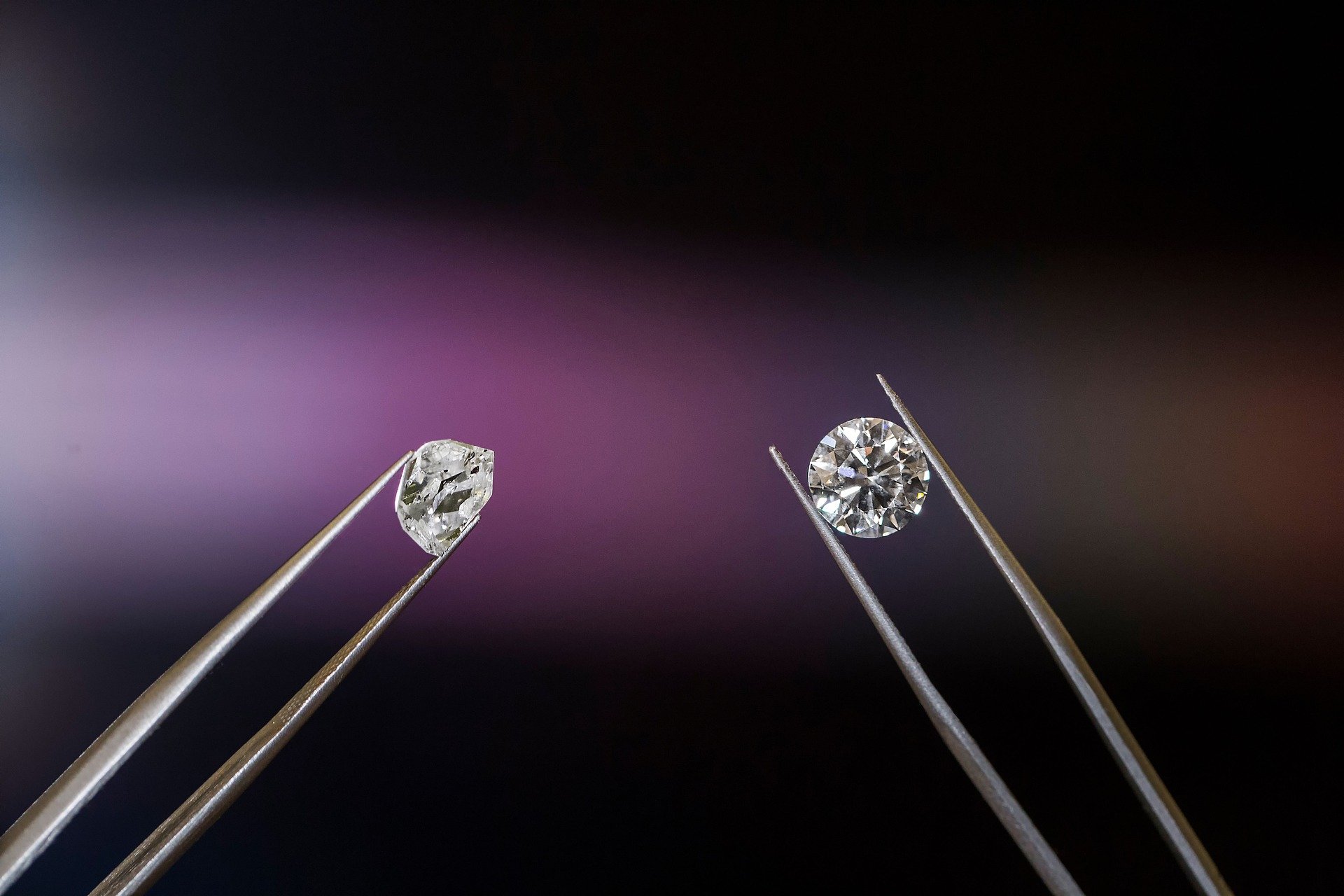Home > Sections > Elements & the Periodic Table > Forms of Carbon - Diamond & Graphite
Last Updated: 14th June 2023
ARCHIVED ITEM: this page is no longer updated.
Forms of Carbon - Diamond & Graphite
Keywords
Carbon, diamond, graphite, hard, sheets, slippery, drill bits, compression, composition, layered, allotrope.
Introduction
We use carbon daily. We know, from a biological perspective, that carbon (in the form of carbon dioxide) is taken in by a tree or plant, along with sunlight and photosynthesised, and then oxygen is released from the plant. Our bodies release carbon dioxide from our respiration system to the general air.
But, there are different types of carbon. These different types can be used for different purposes.
Diamonds
A diamond is a girl's best friend. That is the old saying people will tell you. But what is a diamond?
Put simply, a diamond is a giant piece of coal, compressed down into a smaller piece. Literally. Millions of years ago, intense pressure and extreme heat crystallised carbon atoms into tetrahedral (4-sided) bonds that could not be broken. It created one of the most hard substances known to man.
Interesting fact: diamonds formed around 100 miles below the surface of the Earth, and have been carried up from volcanic movements and eruptions.
There are many uses for a diamond, including:
- Jewellery
- Drill bits
- Cancer treatment (using nanodiamonds)
- Anti-wrinkle treatments
- Sound speakers
- Graphite
Graphite is another example of a carbon-based product. While diamonds were compressed, graphite is arranged in a layer-form that slides over each other, making it very slippery.
It can be used to lubricate locks instead of oil. Other uses include as a writing material (yes, the pencil), in nuclear reactors and also in batteries.
Here is a YouTube video from Cognito on diamonds and graphite:
Allotropes
Diamonds and graphite are both allotropes. An allotrope is a material that is the same as another, but in a different form. the most common form of allotrope is the way carbon is made into both a diamond and graphite. So, although they have the same physical properties (carbon), and are in the same physical state (solid), they are both the same element.
Other Forms of Carbon
There are also gaseous forms of carbon, usually mixed with oxygen. They include:
- Carbon Dioxide: usually found in abundance in the atmosphere.
- Carbon Monoxide: an odourless, colourless gas that is dangerous if inhaled constantly and can be fatal.




 Photosynthesis
Photosynthesis Respiration System
Respiration System Climate Change & Global Warming
Climate Change & Global Warming


